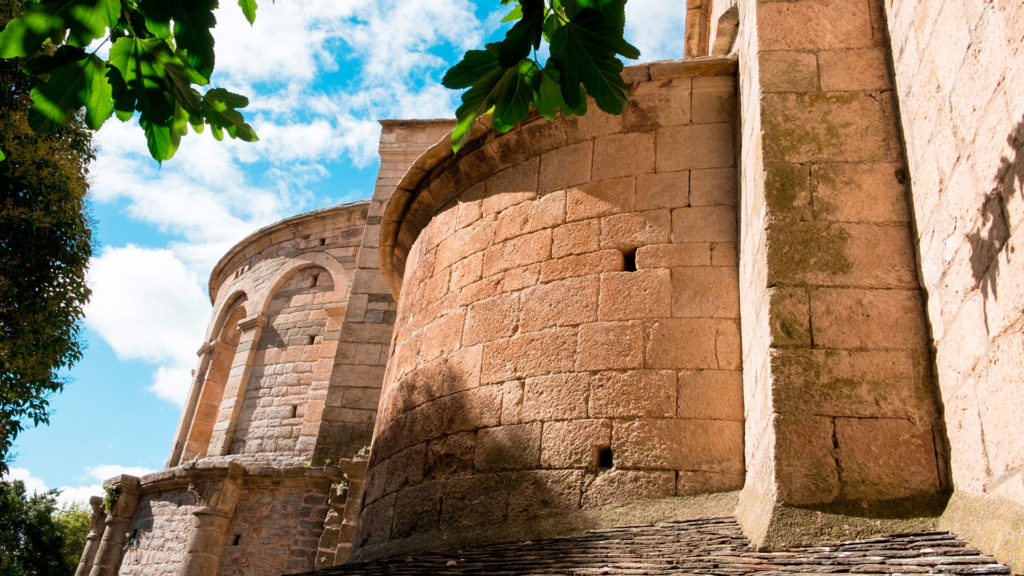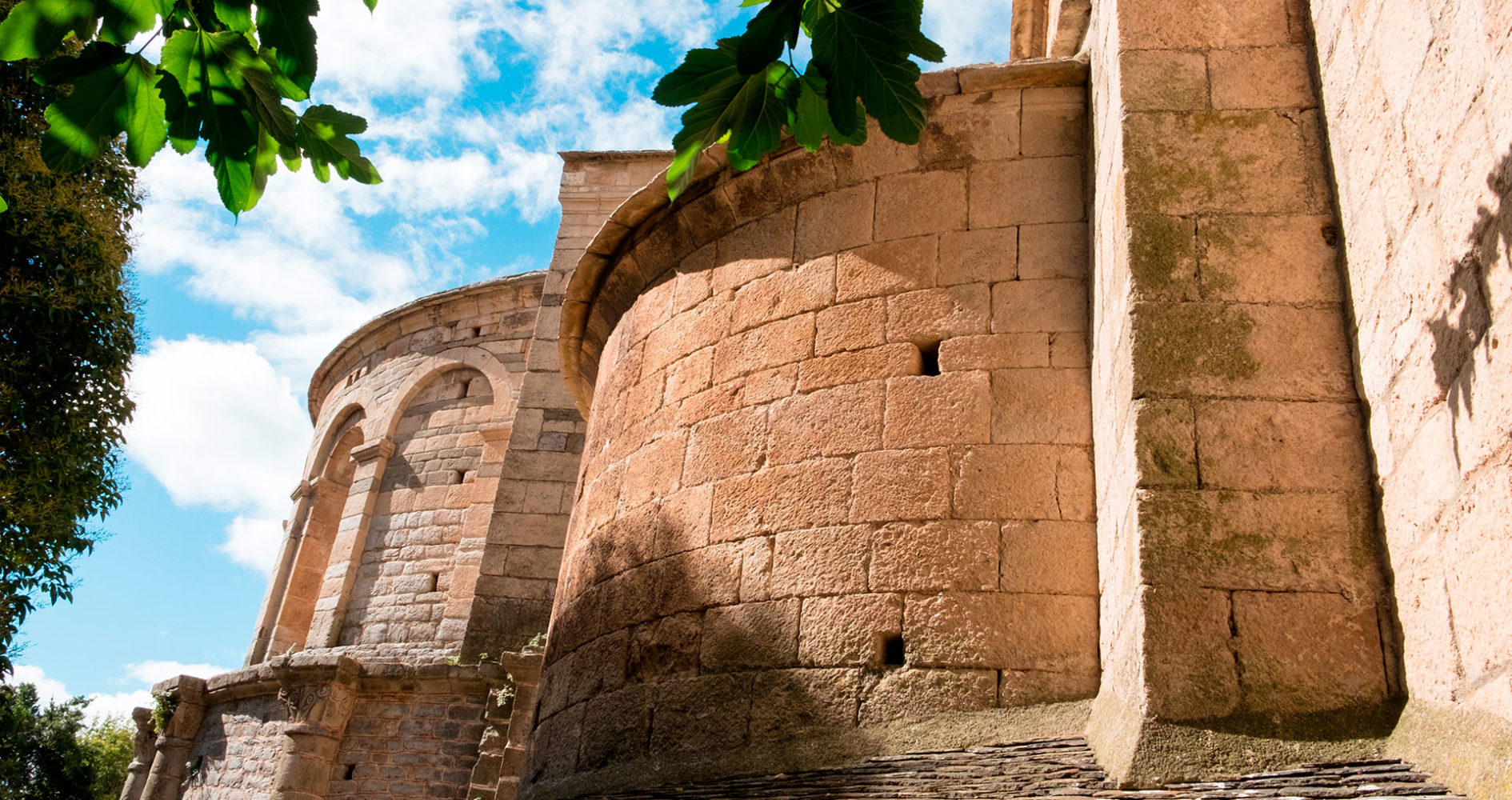Just 30 km from our La Pinède campsite, on the outskirts of Carcassonne, Caunes-Minervois is famous for its Benedictine abbey and its distinctive red marble, which adorns some of the finest palaces inEurope. What to see, do and visit in Caunes-Minervois? Discover it!

Caunes, a bucolic medieval village at the foot of Montagne Noire
Built on the south-western slopes of the Minervois, at the entrance to the beautiful Argent Double valley, Caunes is a charming village in the Cathar countryside, shaded by magnificent century-old plane trees. Formerly known as Buffentis (“rock”), the village was Villa Canoas in the 8th century. It was surrounded by ramparts flanked by bastions and six gates. Many remains of these fortifications are still visible. Their destruction began in 1590, when the Languedoc League invaded the region.
Old Caunes has preserved its narrow cobbled streets, old wash-houses, béal (forced water conduit) and medieval houses, in particular the Hôtel Sicard andHôtel d’Alibert with their beautiful inner courtyard. The houses that accompany the monuments are well exposed to the west and south, reflecting many styles of rural architecture, sometimes with rich Renaissance elements in the facades, with mullioned pink marble doors and windows dating from the 15th and 18th centuries.
Caunes-Minervois Abbey
The town of Caunes-Minervois is built around its Benedictine abbey, founded in 780 by Abbot Anian, a friend of Saint Benedict of Aniane. A major part of the former Benedictine abbey, the Saint-Pierre-et-Saint-Paul church, with its beautiful Romanesque bell tower, and the abbey house overlook the Place du Monastère. Beneath the abbey’s choir, a crypt opens onto the remains of the original 8th-century church. Architecture lovers will appreciate its 11th-century Romanesque chevet and medieval cloister, now underground.
Notre-Dame-du-Cros church
Situated at the foot of a cliff, at the entrance to the Cros valley, the chapel Notre-Dame and the wooded site are a reminder of the great care that man has taken over the centuries with Caunes. Inside, the church features a splendid choir decorated with marble and polychrome wood, a beautiful pulpit and a lovely Romanesque sculpted font.
Below the chapel, hidden in the vegetation, lies a reputedly miraculous spring that cures fevers, topped by three small oratories clinging to the wall. The forest adjacent to the chapel offers a place to relax, with a refreshing river, hiking trails and picnic tables. It’s also a great place to climb in the summer, whatever your level, with a multitude of routes between the cliffs.
Caunes, capital of marble
Caunes is also famous for its red marble quarries on the mountainside between Argent Double and Cros, which have been exploited since Roman times. The reputation of marble was and remains very important: kings themselves asked for it for the construction of the Grand Trianon at Versailles, theParis Opera House, the Louvre Palace and Notre-Dame Cathedral. Some quarries are still in operation, while others such as the “Carrière du Roi” are protected historic monuments.
The Marble and Terroir Ecomuseum
Visit the “Marbre et Terroir” Ecomuseum to find out more about the red marble quarries. This small museum displays beautiful marble objects. It explains in situ extraction techniques, the tools used, and the shaping and use of Caunes-Minervois marble through the ages. Possibility of grouping a ticket with a visit to the abbey.
Don’t miss: the Marble Safari, a guided tour of Caunes‘ marble-making heritage. An opportunity to discover the monumental sculptures along the Argent Double river and the quarries listed as Historic Monuments (the Grand Incarnat quarry, the Grande Carrières de Gris, the Roy quarry).


